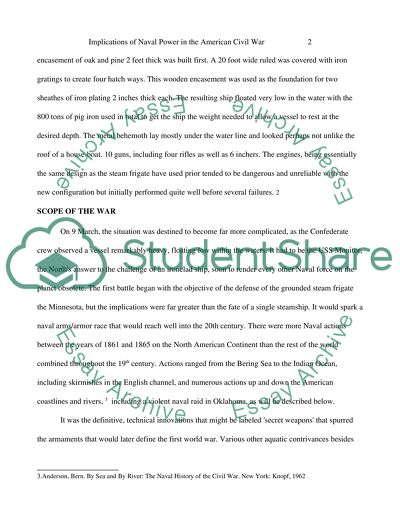Cite this document
(“Implications of Naval Power in the American Civil War Essay”, n.d.)
Implications of Naval Power in the American Civil War Essay. Retrieved from https://studentshare.org/military/1438146-implications-of-naval-power-in-the-american-civil-war
Implications of Naval Power in the American Civil War Essay. Retrieved from https://studentshare.org/military/1438146-implications-of-naval-power-in-the-american-civil-war
(Implications of Naval Power in the American Civil War Essay)
Implications of Naval Power in the American Civil War Essay. https://studentshare.org/military/1438146-implications-of-naval-power-in-the-american-civil-war.
Implications of Naval Power in the American Civil War Essay. https://studentshare.org/military/1438146-implications-of-naval-power-in-the-american-civil-war.
“Implications of Naval Power in the American Civil War Essay”, n.d. https://studentshare.org/military/1438146-implications-of-naval-power-in-the-american-civil-war.


